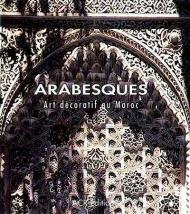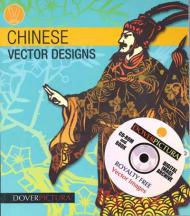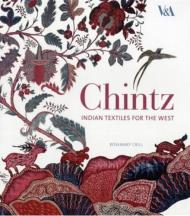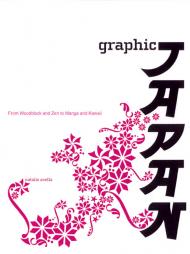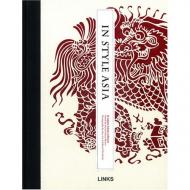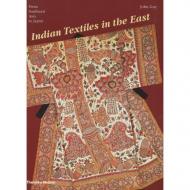Cet ouvrage a pour objectif de faire mieux connaître l’art qui s’exprime dans l’habillage de l’architecture marocaine, en donnant à voir un grand nombre de réalisations mais aussi, et c’est là son originalité, en délivrant des clés pour une meilleure compréhension de l’arabesque géométrique et un accès facile à la pratique créative de l’art. Nous souhaitons ainsi contribuer à la diffusion d’un savoir rare et précieux élaboré par le travail obstiné de générations d’artistes anonymes. Après un rapide exposé historique destiné à cerner la spécificité de l’art islamique au Maroc, nous étudions les trois principales familles du décor dans l’architecture : la calligraphie, l’arabesque florale et, surtout, le décor géométrique qui fournit la matière la plus originale et approfondie du livre. L’exposé technique s’appuie sur le dessin - sans ou avec l’ordinateur - et est accompagné de nombreuses photographies prises dans les plus beaux sites (monuments, palais royaux, cités) du Maroc. Pour le plaisir des yeux... et de l’esprit.
This volume throws light upon an art expression to be found clad in the garments of Moroccan architecture. This work provides keys to the understanding of geometrical arabesques. This art of a rare and precious mastery was elaborated through the determined efforts of generations of anonymous artists. A brief historical survey defines the specificity of Islamic art in Morocco.
Three principal styles of decorative architecture are studied: calligraphy, floral arabesque, and geometrical arabesque. Illustrations and photographs of some of the most beautiful sites of Morocco (monuments, royal palaces and cities) are a pleasure for the eye.
_______________
Посмотреть англоязычное издание Arabesques: Decorative Art in Morocco
